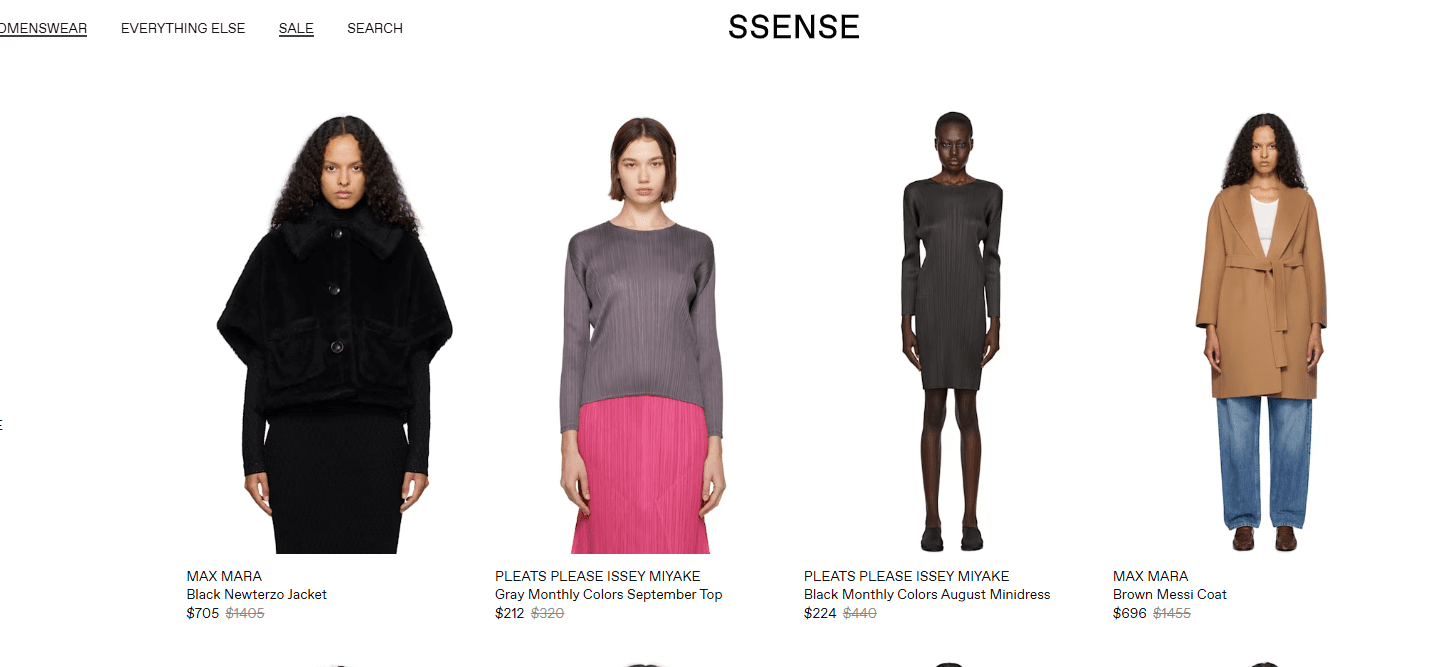
Fashion has always been more than just clothing—it’s a visual language, a historical archive, and a cultural expression. Throughout time, styles and trends have evolved and shifted, drawing inspiration from diverse cultures around the world. In today’s globalized society, fashion is a melting pot of cultural influences, where designers, influencers, and everyday wearers borrow, reinterpret, and celebrate global aesthetics. This article delves into the rich interplay between culture and fashion, tracing the global roots of contemporary trends and exploring how fashion can honor tradition while pushing creative boundaries.
The Relationship Between Fashion and Culture
Culture encompasses the beliefs, customs, arts, and way of life of a particular society or group of people. Fashion, as a cultural artifact, reflects and communicates these elements. It is often shaped by historical events, societal norms, religion, climate, geography, and artistic traditions. For example, the flowing robes of the Middle East developed in part due to the desert climate, while the structured garments of traditional East Asia reflect both practicality and symbolic meanings.
As cultures intermingle through migration, trade, media, and travel, fashion becomes a canvas for cultural exchange. Designers take cues from traditional garments, fabrics, patterns, and craftsmanship, integrating them into modern clothing. While this fusion has led to innovative and diverse styles, it has also sparked important conversations about cultural appreciation versus appropriation.
Historical Milestones in Cultural Fashion Exchange
Cultural influence in fashion is not a new phenomenon. Let’s take a look at some historical milestones where cultural exchange deeply impacted fashion trends:
1. The Silk Road
One of the earliest and most impactful examples of global fashion influence is the Silk Road. This ancient trade route, which connected East Asia with Europe and the Middle East, facilitated the exchange of silk, spices, dyes, and textiles. Chinese silk became a luxury commodity in Rome, and Persian motifs influenced textile design in India and beyond.
2. Colonialism and Empire
During the colonial era, European fashion absorbed and adapted elements from colonized regions. British colonists in India, for instance, admired the fine quality of Indian cotton and block printing, incorporating them into European attire. Similarly, African prints, though often commercialized by Dutch companies, stemmed from traditional African patterns and have influenced Western fashion for decades.
3. The Bohemian Movement
The Bohemian style, which gained popularity in 19th-century Europe, was inspired by Romani, Eastern European, and Middle Eastern influences. Loose-fitting clothes, embroidery, and rich fabrics became a symbol of counterculture and artistic freedom, blending global influences into a distinctive aesthetic.
4. The 1960s and Global Consciousness
The 1960s and 70s marked a time of cultural awakening in the West, with fashion embracing non-Western influences as part of a broader countercultural movement. The fascination with Indian saris, African dashikis, Native American fringe jackets, and Japanese kimonos showed a growing curiosity about and respect for global traditions.
Celebrating Global Styles in Contemporary Fashion
Today, the fashion world is more interconnected than ever. Runways in Paris, Milan, and New York showcase designs influenced by African beadwork, Japanese silhouettes, Indian textiles, and more. Below are some notable cultural influences seen in contemporary fashion:
1. African Fashion
African fashion is characterized by its bold prints, bright colors, and intricate patterns. Ankara and Kente fabrics have become staples in global fashion, celebrated for their rich symbolism and visual impact. African designers like Duro Olowu, Lisa Folawiyo, and Thebe Magugu are redefining African style on the global stage.
2. East Asian Influences
Traditional East Asian clothing, such as the Chinese qipao, Japanese kimono, and Korean hanbok, has inspired many modern fashion designers. The kimono’s flowing lines and minimalist structure have found echoes in contemporary outerwear and loungewear. Japanese designers like Rei Kawakubo (Comme des Garçons) and Yohji Yamamoto have transformed traditional aesthetics into avant-garde statements.
3. South Asian Textiles and Embroidery
India and Pakistan have contributed immensely to global fashion through their textiles, embroidery techniques, and dyeing processes. Techniques like tie-dye (bandhani), block printing, and zari work have been adapted in Western silhouettes. Designers like Sabyasachi Mukherjee and Manish Arora are international ambassadors of Indian fashion.
4. Latin American Vibrancy
From Mexican embroidery and Peruvian alpaca wool to Colombian ruffles and Brazilian carnival-inspired couture, Latin American culture brings color and rhythm to the fashion world. Designers like Johanna Ortiz and Silvia Tcherassi mix local traditions with contemporary cuts, bringing a celebratory flair to fashion.
5. Middle Eastern Elegance
The Middle East has contributed richly to the luxury fashion market through its opulent fabrics, detailed embroidery, and modest yet elegant silhouettes. Abayas and kaftans have inspired flowing evening wear in the West. Brands like Elie Saab and Zuhair Murad bring the grandeur of Levantine craftsmanship to haute couture.
6. Indigenous Artistry
From Native American beadwork and feather headdresses to the intricate weaving of the Andean peoples, Indigenous fashion is finally gaining the recognition it deserves. Designers and activists are working to protect Indigenous IP rights while spotlighting the artistry and meaning behind traditional attire.
Fashion Icons Who Embrace Global Styles
Many fashion icons have played pivotal roles in celebrating and spreading global styles. Some are known for their travel-inspired wardrobes, while others use fashion as a way to honor their heritage.
- Rihanna: Frequently incorporates African and Caribbean influences in her fashion and performances, blending modernity with tradition.
- Zendaya: Has collaborated with designers to wear outfits inspired by African-American and African cultures, bringing elegance and meaning to the red carpet.
- Naomi Campbell: A long-time supporter of African fashion, she uses her platform to showcase designers from across the continent.
- Pharrell Williams: His personal style mixes streetwear with Asian, Native American, and African motifs, showing how culture can shape identity.
Fashion as a Tool for Cultural Preservation
Beyond aesthetics, fashion can serve as a powerful tool for preserving cultural identity. For diasporic communities and Indigenous populations, clothing is a means of storytelling, resistance, and pride. Traditional garments worn during festivals, weddings, and other ceremonies carry symbolic meanings that strengthen communal ties and intergenerational continuity.
Many young designers from minority backgrounds are reviving traditional techniques and styles, reintroducing them to younger audiences in contemporary forms. This not only keeps traditions alive but also educates the global market about the richness and diversity of world cultures.
The Line Between Cultural Appreciation and Appropriation
As fashion borrows from various cultures, it must also navigate the ethical considerations of cultural appropriation. Appropriation occurs when elements of a marginalized culture are used without understanding, respect, or credit—often for profit—while the original culture may face discrimination for the same expressions.
Examples include festival-goers wearing Native American headdresses, designers using sacred symbols out of context, or celebrities donning bindis and saris as costumes. The key difference between appropriation and appreciation lies in intention, context, and credit.
To celebrate global fashion responsibly:
- Learn the history behind a garment or symbol.
- Support designers from the culture being represented.
- Give credit where it’s due in fashion marketing and media.
- Avoid stereotypes and superficial interpretations.
The Future of Cultural Influences in Fashion
The fashion industry is gradually becoming more inclusive, with a greater emphasis on ethical sourcing, authentic storytelling, and cultural respect. There is a growing recognition that diversity is not a trend but a fundamental aspect of human creativity.
Technological innovations like digital fashion and AI-generated designs are further expanding the potential for cross-cultural collaboration. Virtual fashion shows can now feature creators from remote parts of the world, while e-commerce connects global artisans directly with consumers.
Sustainability is also shaping how we approach cultural fashion. Traditional garments often embody principles of sustainability—handmade, naturally dyed, and locally sourced. As the industry moves toward eco-conscious practices, ancient wisdom is being seen as a guide for modern solutions.
Conclusion: Fashion as a Global Celebration
Fashion is one of the most accessible and visible forms of cultural expression. By embracing global styles and trends, we not only enrich our wardrobes but also open our minds to the beauty and complexity of different cultures. When done thoughtfully, this exchange becomes a celebration—a way of honoring heritage, bridging divides, and showcasing the creativity that exists in every corner of the world.
As we continue to navigate a globalized society, fashion can serve as a reminder that culture is not static—it is ever-evolving, interwoven, and beautifully diverse. By respecting origins, empowering authentic voices, and fostering inclusive collaboration, we can ensure that the world of fashion remains not just stylish, but meaningful.






















